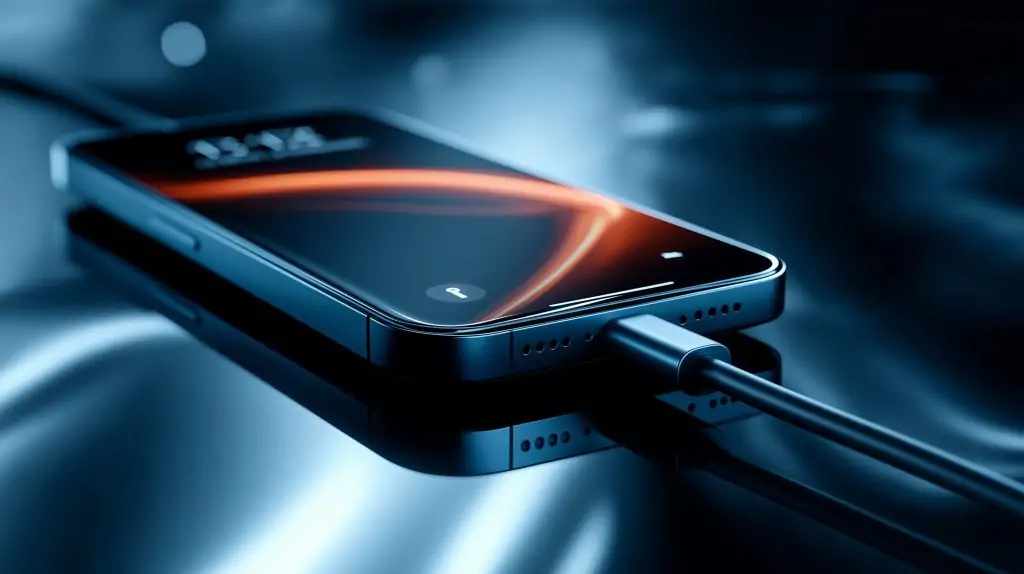
Nabito za minuty, vydrží dny: Budoucnost baterií v chytrých telefonech odhalena
Úvod: Nová éra bateriových průlomů Výdrž baterie chytrých telefonů byla dlouho slabým místem – všichni jsme zažili úzkost z vybitého telefonu. Ale blíží se velké změny, které by mohly úzkost z nabíjení poslat do minulosti. V roce 2025 stojíme na prahu bateriové